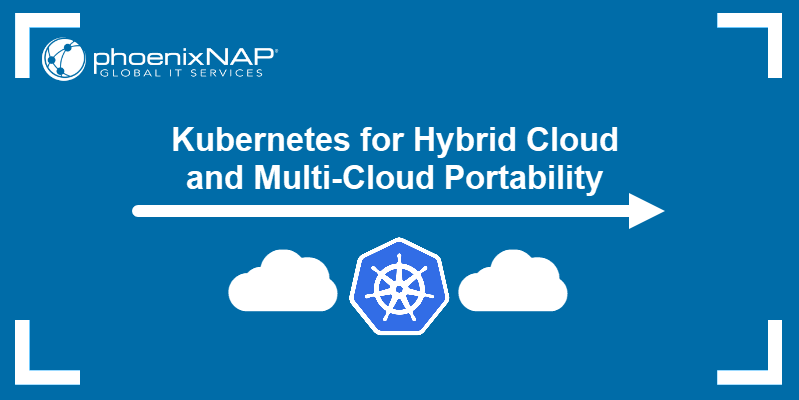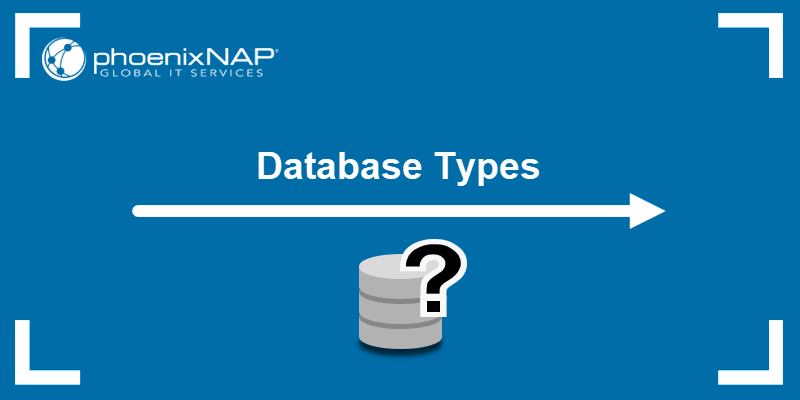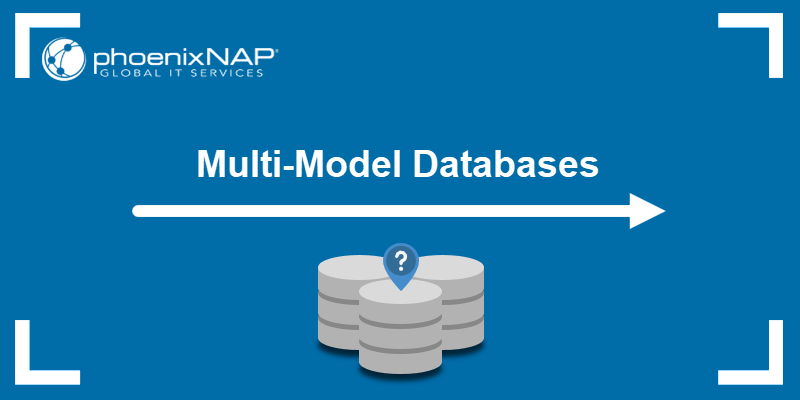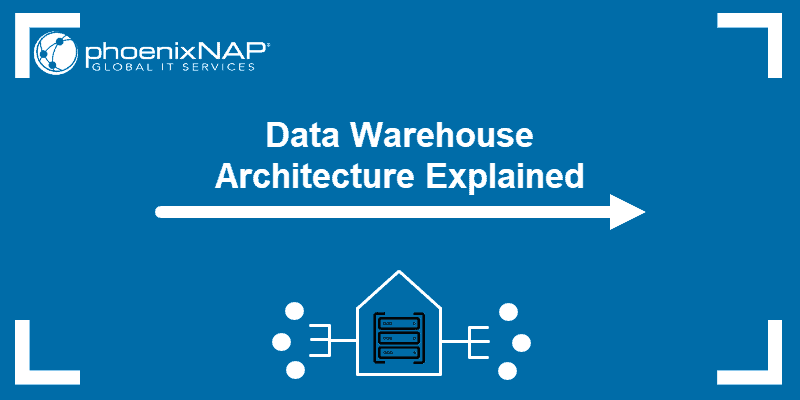A cloud database is a standalone database built, deployed, and accessed through a cloud environment. A cloud database has all the functionalities of a traditional database, along with cloud computing flexibility.
In this article, you will learn the benefits of using a cloud database and see some available database solutions.
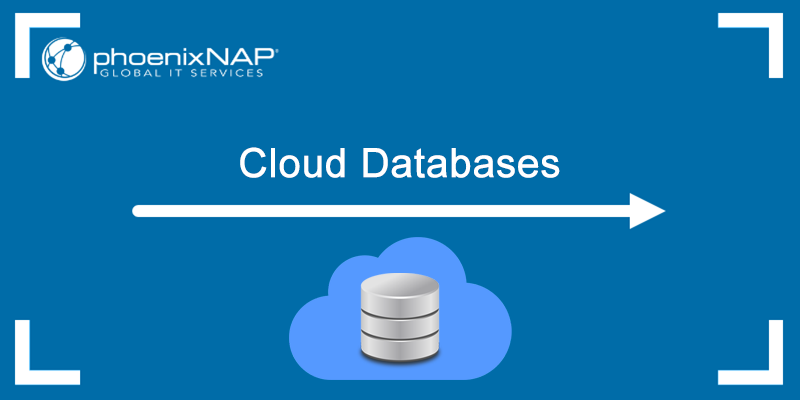
Why Use a Cloud Database?
Cloud databases offer numerous advantages compared to using traditional on-premises databases.
Some of the main benefits of cloud databases are:
- Fast Deployment. Cloud databases are the perfect choice when you urgently need a database, as they can be up and running in minutes. Cloud databases eliminate the need to purchase and install hardware and set up a network.
- Accessibility. Users have quick access to cloud databases remotely through the provider's API or web interface.
- Scalability. You can expand cloud database storage capacity without disruptions and meet the requirements. Cloud database scalability is seamless due to DBaaS implementation, which is a major benefit for growing businesses with limited resources.
- Disaster Recovery. Data backups are regularly performed on cloud databases and kept on remote servers. These backups enable a business to stay online in cases of natural disasters, equipment failure, etc.
- Lower Hardware Costs. Cloud database service providers supply the infrastructure and perform database maintenance. Hence, companies invest less in hardware and have fewer IT engineers for database maintenance.
- Value for Money. Many DBaaS solutions are available in multiple configurations, allowing companies only to pay for what they use and turn off services when they don't need them. Cloud databases also save money by not requiring operational costs or expensive upgrades.
- Latest Tech. Cloud database providers upgrade infrastructure and keep it updated with new tech. This brings significant savings as companies don't have to allocate funds on new tech or staff training.
- Security. Most cloud database providers encrypt data and invest in the best cloud security solutions to keep the databases safe. Although there is no impenetrable security system, it is a safe way to protect data. Since cloud database providers use automation to enforce the best security practices, there is less room for human error compared to using on-premises databases.
Cloud databases provide access through different models - a virtual machine image managed like a traditional database or a provider's database as a service (DBaaS). Read our article to learn more about Database as a Service (DBaaS).
12 Cloud Databases
This section lists some popular cloud database solutions.
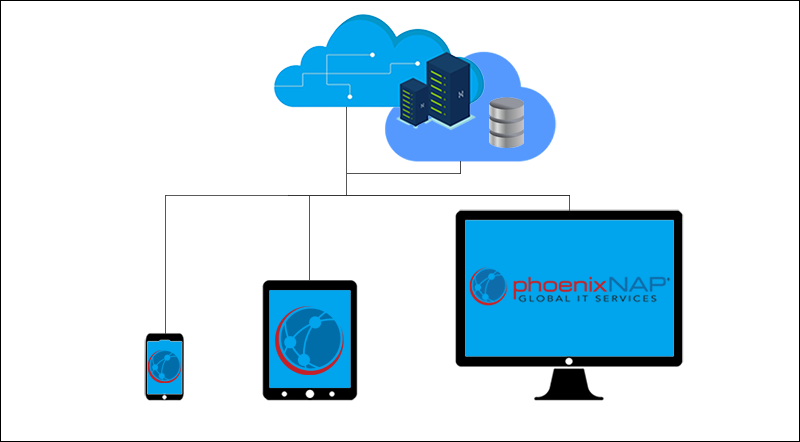
Microsoft Azure
Microsoft Azure cloud database is one of the most popular and globally widespread cloud platforms. It offers computing, networking, databases, analytics, AI, and IoT services.
The public cloud computing platform from Microsoft offers various solutions, including Infrastructure as a Service (IaaS), Platform as a Service (PaaS), and Software as a Service (SaaS).

Read our article and learn the difference between IaaS, PaaS and SaaS..
Microsoft Azure offers a wide range of software solutions that allow users to create a vast ecosystem with the same base, making any issues easy to resolve.
The downside is that Azure needs to be expertly managed and maintained, including patching and server monitoring.
Amazon Web Service (AWS)
AWS is one of the market leaders when it comes to DBaaS. Amazon offers various services for data management and integration. Some of AWS database solutions are:
- Amazon RDS. Amazon Relational Database Service runs on either Oracle, SQL, or MySQL server instances.
- Amazon SimpleDB. Designed for smaller workloads, SimpleDB is primarily a schema-less database.
- Amazon DynamoDB. DynamoDB is a NoSQL database capable of automatically replicating workloads across three availability zones.
The downside is that scaling and patching operations require downtime.
Oracle
Oracle offers enterprise-scale cloud database technology to its users. The database solution uses machine learning to automate database management, ensuring high performance, reliability, and security.
Oracle cloud database covers hyper-scale Big Data and Streaming workloads, including OLTP, data warehousing, Spark, text search, image analytics, and data catalog.
The different solutions offered are Infrastructure as a Service (IaaS), Platform as a Service (PaaS), Software as a Service (SaaS), and Data as a Service (DaaS).
The downside is a lack of integration with other cloud solutions.
Google Cloud
Google Cloud Platform (GCP) offers various services that use the same hardware and infrastructure as other Google products. GCP's offer includes a wide range of hosted services for cloud computing, storage, networking, big data, machine learning, IoT, cloud management, etc.
GCP provides IaaS, PaaS, and serverless computing environments.
One of the products in Google Cloud Platform is Cloud Datastore, a database storage solution for NoSQL non-relational storage.
Other Google Cloud products are Cloud SQL for MySQL fully relational storage and Google's native Cloud Bigtable database.
The downside is a lack of managed services and the high prices, including a costly support fee.
IBM Db2 on Cloud
IBM Db2 on Cloud is a fully managed SQL database featuring a 99.99% uptime SLA, independent storage and compute scaling through UI and API, several disaster-recovery options, data encryption, and other features.
IBM's relational database offers advanced data management and analytic capabilities for transactional and warehousing workloads. This database delivers high performance, boasts great insights, data availability, reliability, and broad operating system support.
The downside of IBM Db2 is that it has fewer regional options, affecting performance in some cases.
MongoDB Atlas
MongoDB Atlas is a cloud database created and managed by the same team that developed MongoDB.
Mongo’s cloud database is a fully managed NoSQL database that features flexibility, scaling, sharding, and database management automation. It allows most developers to go through various delivery models without requiring help from a database administrator.
The downside is that MongoDB Atlas is NoSQL only, which means that SQL-reliant applications are not an option with this database.
OpenStack
OpenStack is an open-source, highly customizable, and scalable cloud database with a simple architecture and easy deployment. The database is developed by the community and based on development milestones, with a release cycle of about six months.
Both relational and non-relational database engines are supported, while cloud users and DBAs can manage multiple database instances.
The downside is that OpenStack requires expert engineering skills to move along the numerous configuration options and resolve any potential issues.
DataStax Astra
DataStax Astra is a fully-managed scalable NoSQL cloud database based on Apache Cassandra as a platform, and it offers native, hybrid, and multi-cloud services.
Learn the difference between hybrid and multi-cloud in our comparison article.
DataStax's database solution is scalable, boasts data encryption and security, and allows deployment on AWS, GCP, and Azure.
The downside is that DataStax Astra supports single-region deployments only.
Rackspace
Rackspace offers scalable, fully managed, or hosted cloud databases, characterized by high performance and a storage area network (SAN) based on the OpenStack platform.
Rackspace offers easy access to your cloud database via Cloud Control Panel, CLI or API, and features regular backups of all cloud databases.
Redundant storage and synchronous data replication ensure data protection in case of disaster or hardware failure.
The downside is a smaller number of data centers compared to the competition.
Redis Enterprise Cloud
Redis Enterprise Cloud offers a NoSQL cloud database solution that features a five-nines availability (99.999%), excellent in-memory performance, and auto-scalability. Redis has global distribution across regions, clouds, or hybrid environments while maintaining sub-millisecond access time.
The provider performs periodic data backups and offers auto-cluster recovery, ensuring data security and cloud disaster recovery.
The downsides are a not very user-friendly web UI and requires high expertise for database management.
EDB Postgres Advanced Server
EnterpriseDB cloud database solution focuses on PostgreSQL, but it can also work on Oracle database applications, allowing users to easily migrate from Oracle.
EnterpriseDB features remote database administration services, including monitoring, managing, and maintaining Amazon RDS for PostgreSQL and Microsoft Azure Database for PostgreSQL. The provider also offers a Cloud DBA service for customers who need expert support for cloud-hosted Postgres.
The services include scheduled backups and binary replications for securing data.
The downside is that the backup and recovery tools are not as good as Oracle’s.
SAP HANA Cloud
SAP HANA Cloud is a fully managed, scalable, in-memory cloud database as a service (DBaaS) solution. The database can be deployed on the cloud or in a hybrid environment.
The database solution provides high processing performance due to multi-model hybrid transactions. Users receive software patches regularly, the backups are automated, and there is no need to worry about required software installations.
The downside is that SAP HANA Cloud requires experienced database engineers, and the necessary cloud training is pricey.
How to Choose?
Choose a cloud database model depending on your business type and the features critical for your business.
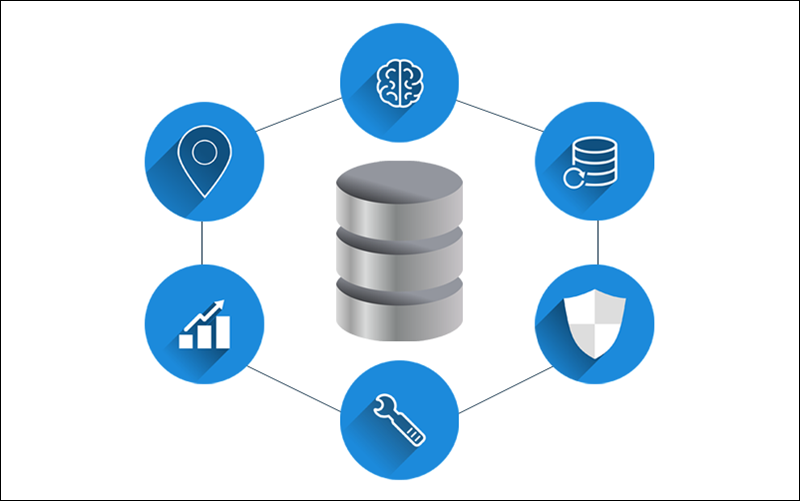
However, there are some key features to look for when choosing a cloud database:
- Performance. A database with online and independent scalability ensures that your company's workload and needs are met at all times. When changes are necessary, uninterrupted data availability during the scaling is an important factor.
- Automated Services. Automated services and online performance optimization are necessary features that ensure everything runs smoothly. Auto-indexing is one such service, which provides speedy data retrieval by automatically maintaining and using indexes.
- Security. Data encryption and automated security updates are a must when choosing a cloud database.
- Compatibility. A database should have broad compatibility with third-party applications to ensure everything is working properly.
- Hardware Isolation. For business-critical applications, it is recommended to have a dedicated cloud infrastructure with hardware isolated from other tenants.
- Backup. The cloud database provider should offer regular backups for the stored data in multiple geographically scattered locations to prevent data loss in case of a disaster.
Conclusion
Now you know what cloud databases are and their main features. You also got familiar with popular cloud database solutions on the market, and you can choose the one that suits your needs.
Note that the list of databases is not exhaustive, and there are many other solutions on the market.
